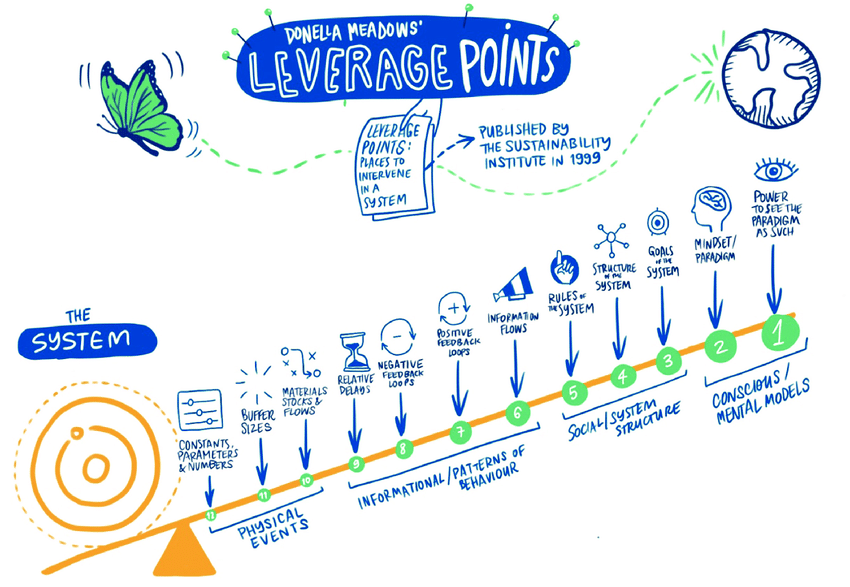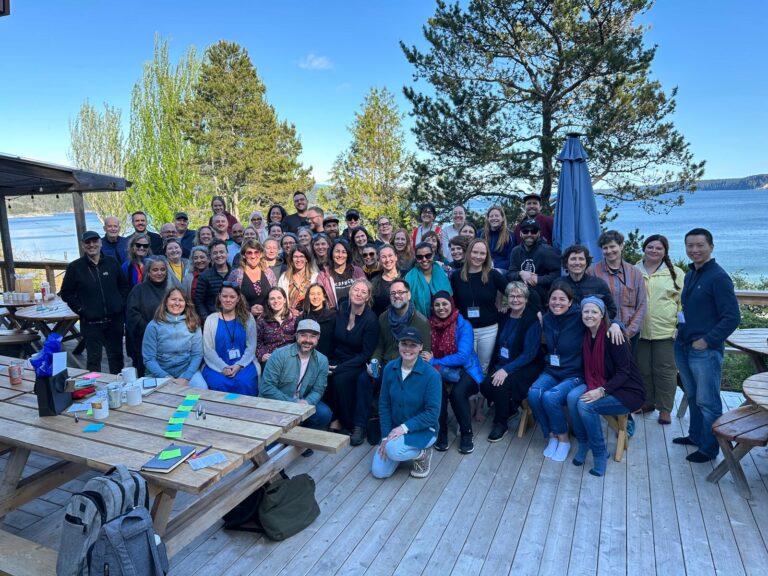
2 April 2024
Balancing Growth: Navigating Immigration Dynamics and System Delays in Canadian Communities
How can Canada maintain an open immigration policy while also ensuring adequate resources and supports for newcomers?
By Brent Wellsch, Systems Strategy and Forecasting
It is well-known that Canada embraces immigration and recognizes the clear advantages that immigrants bring to its economic, social, and cultural landscape. Immigration fuels economic growth, addresses demographic challenges, fosters innovation, and enriches Canada’s cultural fabric. However, alongside these benefits come tensions, particularly for communities grappling with the demands of sustainable growth and the strain on physical and social infrastructure.
This highlights a fundamental dilemma: How can Canada maintain an open immigration policy to strengthen its local communities and economies while also ensuring that adequate resources are in place to support these newcomers?
While there is no silver bullet solution to this complex question, I propose that the application of a system dynamics lens, and particularly the idea of system delay, is a critical variable for understanding and perhaps easing the complex interplay between immigration and community resilience. Let’s explore how addressing system delays is essential for effectively managing the impacts of immigration and fostering resilient, inclusive communities.
Donella Meadows Leverage Points and System Delay
Donella Meadows was a trailblazing author, educator, and environmental scientist who studied how complex systems function, conceptually. Her work is known for many things including introducing the idea of “leverage points”, a framework that is well understood and referenced amongst the system change community. Leverage points are strategic spots within a system where making small changes can lead to big shifts in outcome — made possible by the dynamics at play in complex systems.

System delay is one of these leverage points. It’s a discreet, intangible, yet powerful dynamic within systems where changes don’t happen right away, but rather, take time to show up. For illustrative purposes think of the delay between adjusting one’s thermostat and realizing a new desired temperature — it’s not immediate and takes time for the system to adjust.
On a much more complex scale, immigration often features the same dynamic. While the arrival of newcomers is immediate, it takes time — likely a great deal — to develop the holistic supports in communities required to support newcomers. This is arguably the case at the best of times and, certainly, the case when welcoming newcomers for humanitarian purposes, which sometimes happens at a moment’s notice.
More concretely, some ways that delay manifests itself are:
- Impacts on Infrastructure: As communities experience rapid population growth due to immigration, there is often a lag in expanding critical infrastructure such as housing, transportation networks, and healthcare facilities. This mismatch between population influx and infrastructure expansion can lead to overcrowding, strained public services, and diminished quality of life for residents.
- Challenges in Social Integration: Delays in implementing programs and services that support language acquisition, job training, and cultural integration can impede newcomers’ ability to fully participate in their communities. This can result in social isolation, alienation, and friction between immigrant and non-immigrant populations.
- Policy Response Lag: Immigration policies often lag behind shifting demographic realities, leading to mismatches between labor market demand and supply, inequities in access to social services, and inefficiencies within the immigration system itself. These policy response delays exacerbate existing inequalities and hinder efforts to address the root causes of immigration-related challenges.
What can we do about it?
Theoretically, addressing system delays requires a holistic, systems-oriented approach that emphasizes proactive planning, adaptive governance, and collaborative decision-making. Communities can apply systems thinking to find the best places to make changes that will help deal with immigration challenges. By working together across different sectors, preparing for future problems, and making policies that can change as needed, communities can get better at handling delays and creating community dynamics where everyone feels included. Aligned policy and programming can ensure that upstream decision-making is made with downstream impacts in mind.
However, practically, I would like to assert that before the above changes are possible, we need to understand the highly interdependent nature of policy objectives in general. We must take time to admit that a decision on one, perhaps seemingly siloed issue, has severe bearing on other policy decisions. Drawing connections between upstream policy objectives and downstream implications rarely happens in my experience. This tension between immigration policy, municipal infrastructure investment, and affordability is a severe symptom of our reluctance/inability to work in this way.
We must get better at understanding how social systems function and tailor our policy and program support to these. Of course, this will never be perfect, but in reflection of major global events the past few years (e.g the Russia-Ukraine War) which have had significant impact here at home, I argue that we need to try to get better on this front for the benefit of all individuals and our cities and towns in which they reside. More specifically, how might we shorten the delay between when newcomers entering our communities and when communities are supported with the resourcing they need to support them? If shortening this delay is not possible, how might we best support newcomers until these supports do arrive?
Drawing on Meadow’s work offers one unconventional and powerful approach for doing things differently. By considering the whole system, we can navigate complexities to build resilient, inclusive communities that thrive in the face of change.




